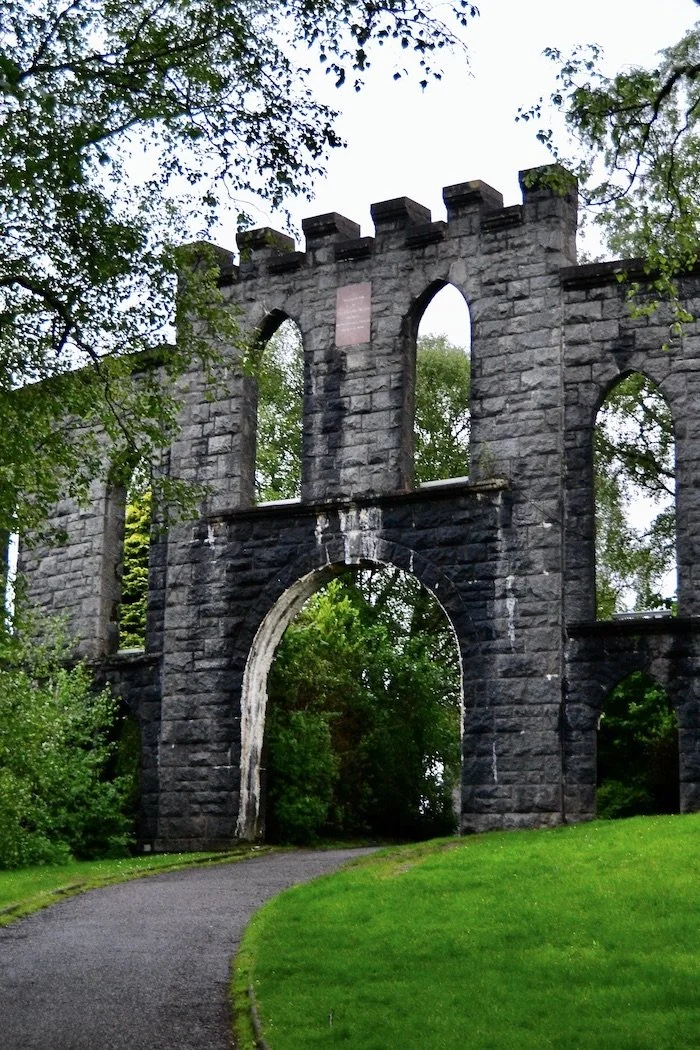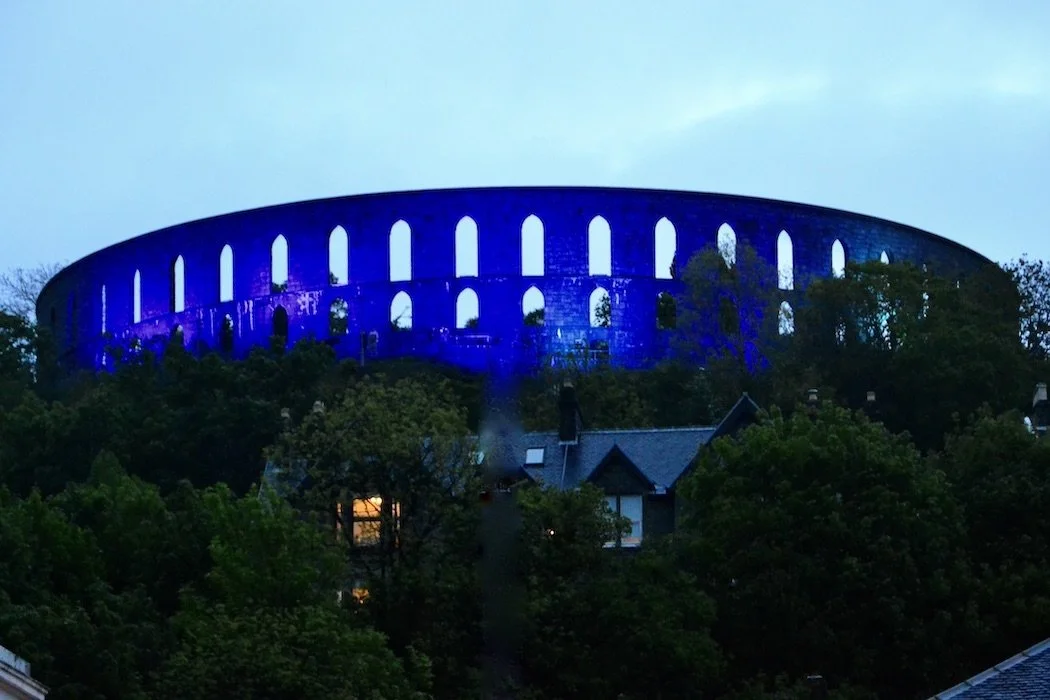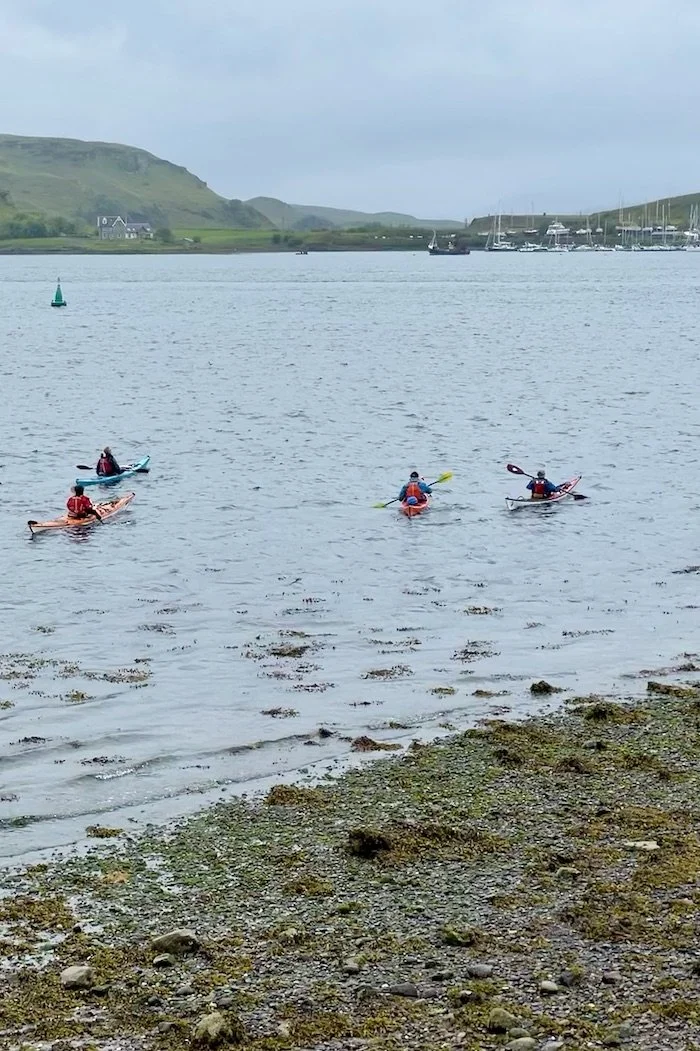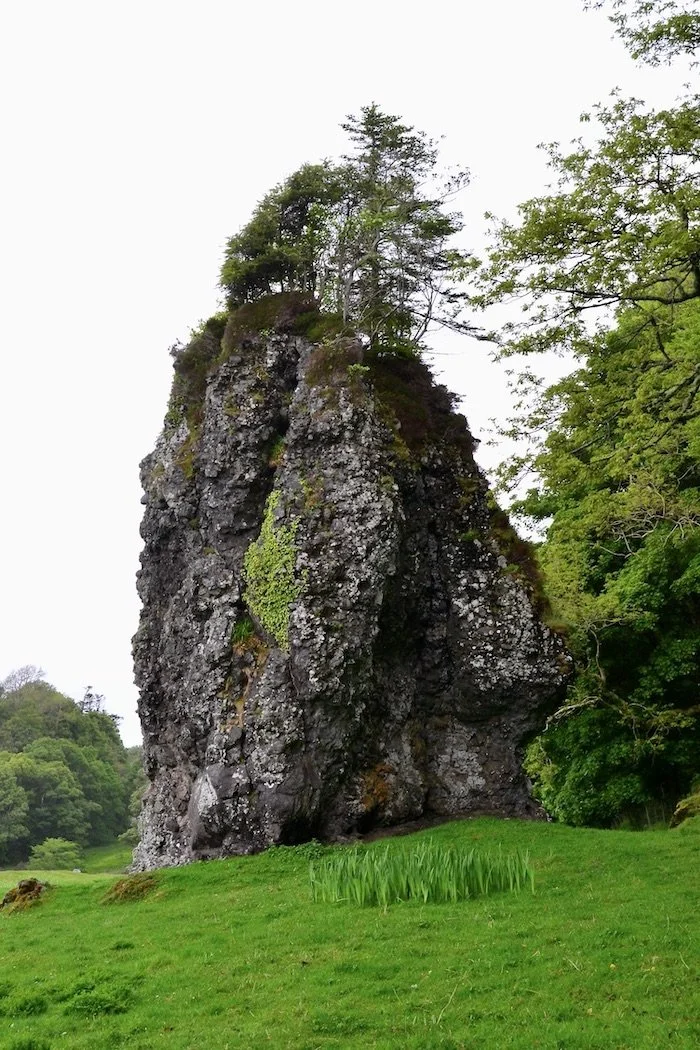Avoid the crowds in Oban
Oban seen from across the harbor
“I will go out of my way to avoid the... crowds… — Annie Lennox
Situated on the far west coast of Scotland on the Firth of Lorn, a little out of the way for many visitors, the small town of Oban is best known for whisky. Yet beyond being part of Scotland’s West Coast Whisky Trail, Oban is the seafood capital of Scotland, and it has also developed a reputation for excellent chocolate and ice cream. The name means little bay in Scottish Gaelic, and the horseshoe-shaped bay is protected by both the island of Kerrera and The Isle of Mull, making for a well-sheltered harbor that serves as the principal link between the West Highlands and the Islands.
The area now known as Argyll was colonized by the Scotti who came from western Ireland in the 5th century led by three sons of King Erc, including Lorn who gave the firth his name. They brought with them the Gaelic language and established the Kingdom of Dalraida (Dál Riata) to rule over “the coastland of Gael”. Their descendants became chiefs of the mighty Clans MacDougall and MacDonald.
Before the mid-1700s the village of Oban was a mere row of cottages supporting a few fishermen, traders, shipbuilders, and stone masons. Eventually, a Customs House was built, for which the main trade was whisky and hats of wool and straw. The modern town began to grow around the distillery, which was founded in 1794, but it was Sir Walter Scott’s poem about his visit to Oban 20 years later that brought visitors. Around the same time, steamboat service began from Glasgow through the new Crinan Canal, substantially shortening the trip and turning Oban into a summer resort, complete with grand Victorian buildings lining the seashore.
The famous distillery sits in an ancient stone building in the heart of town just off George Street across from the harbor and alongside boutique shops selling locally produced goods, and excellent fish restaurants. Oban hosts several annual cultural events including the Highland Games and receives the Scottish Opera at The Corran Halls. From two sides of the harbor, a steady stream of ferries of all sizes arrives and departs in intermittent sunshine punctuated by passing rain showers.
Up the steep, winding streets from the bay, McCaig’s Tower dominates Battery Hill, looking from below like a replica of the Roman Colosseum. It’s worth the 10-minute walk for the wonderful views over the bay and the islands beyond. Inside is a grassy area well suited to a picnic, and at night, it’s illuminated in an eye-catching bright blue. From the harbor below, a 25-minute walk along the seafront past St. Columba’s Cathedral, the war memorial, and through the Woodland Trail leads to the grounds of Dunollie Castle, (Dun Ollaigh meaning Olla fort). In the woods, ferns and bluebells bloom riotously in early spring. There has been a fortified overlook to the bay entrance here since the Bronze Age. Then the Kings of Dalriada built a fortress which was later destroyed. The powerful MacDougalls, Lords of Lorn erected the present castle in 1247, though only an impressive tower keep remains. Downhill from the castle, Dunollie House replaced the ruins as a more livable ancestral clan home.
Don’t Miss:
A tour and tasting of the exquisite peaty whiskies at the Oban Distillery.
Serendipity:
Finding the unexpected- rounding the bend on the Woodland Trail and coming upon the huge Dog Stone, apparently the stuff of legend.
Lunch Tip:
Cuan Mór on George Street across from the harbor for superb Scottish fare.
Bedtime:
Historic, charming, family-owned Witchwood House with a fantastic sea view.
Subscribe for inspiration to have my posts drop directly into your inbox. *If you enjoyed what you read, please share this post with like-minded travelers.*
*All photographs are mine, taken with my Nikon D3100 or iPhone 12 Pro.*











